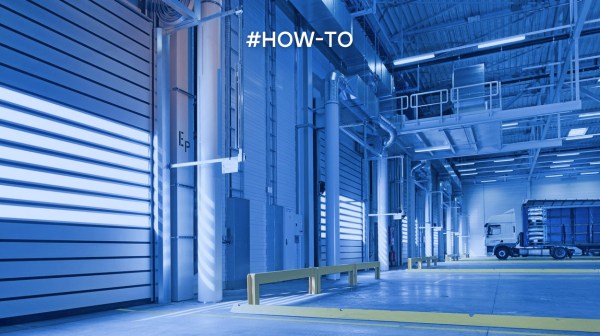In today’s business world, the need to adapt quickly to change is more crucial than ever. The synergy between the roles of process and agility emerges as a decisive factor in achieving excellence. Beyond implementing agile methodologies, it is essential to understand and appreciate the interconnectedness between these elements to drive real organisational change.
Implementing agile methodologies at work has become a fundamental practice for any organisation wishing to remain competitive in a changing environment. The benefits of agility, such as adaptability, collaboration, improved quality and customer satisfaction, contribute to a more efficient and results-oriented work environment. By adopting these methodologies, companies not only optimise their processes and deliverables, but also strengthen their ability to innovate and respond effectively to market demands.
In short, agile methodologies are not only a trend in the workplace, but a necessity to ensure competitiveness and long-term success.
The dance of roles
Imagine a ballet team in which each dancer has a specific role: some are in charge of the more complex pirouettes, others of the smooth and elegant transitions. Such is the relationship between process and agility roles. Processes establish the foundations and structures necessary for the efficient functioning of the organisation, while agility brings flexibility and rapid responsiveness.
The importance of synergy
The real magic happens when these roles work in perfect harmony. A well-defined process allows agile teams to operate with clarity and direction, eliminating confusion and misunderstanding. At the same time, agility allows these processes to constantly adjust and improve, ensuring that the organisation does not stagnate.
- Constant Innovation: Integrating robust processes with an agile mindset fosters an environment where innovation is not only possible, but becomes the norm.
- Improved Efficiency: Efficient processes reduce wasted resources, while agility ensures that efforts are aligned with changing market needs.
- Motivation and Engagement: When teams see tangible results from their work and feel they can adapt and continuously improve, their motivation and commitment soar.
- Organisational Resilience: The ability to quickly adjust processes in the face of unexpected challenges strengthens organisational resilience, allowing you to thrive in an uncertain environment.
Conclusion
Implementing agile methodologies at work has become a fundamental practice for any organisation wishing to remain competitive in a changing environment. The benefits of agility, such as adaptability, collaboration, improved quality and customer satisfaction, contribute to a more efficient and results-oriented work environment. By adopting these methodologies, companies not only optimise their processes and deliverables, but also strengthen their ability to innovate and respond effectively to market demands.
In short, agile methodologies are not only a trend in the workplace, but a necessity to ensure competitiveness and long-term success.
Synergy between the roles of process and agility is not simply an option; it is a necessity for any organisation that aspires to lead in its sector. By valuing and fostering this relationship, companies not only improve their efficiency and responsiveness, but also create an environment where innovation and engagement flourish. Ultimately, this synergy is the path to sustainable success in today’s dynamic business world.
Go ahead, agile leaders and process architects! Excellence is within your reach.






